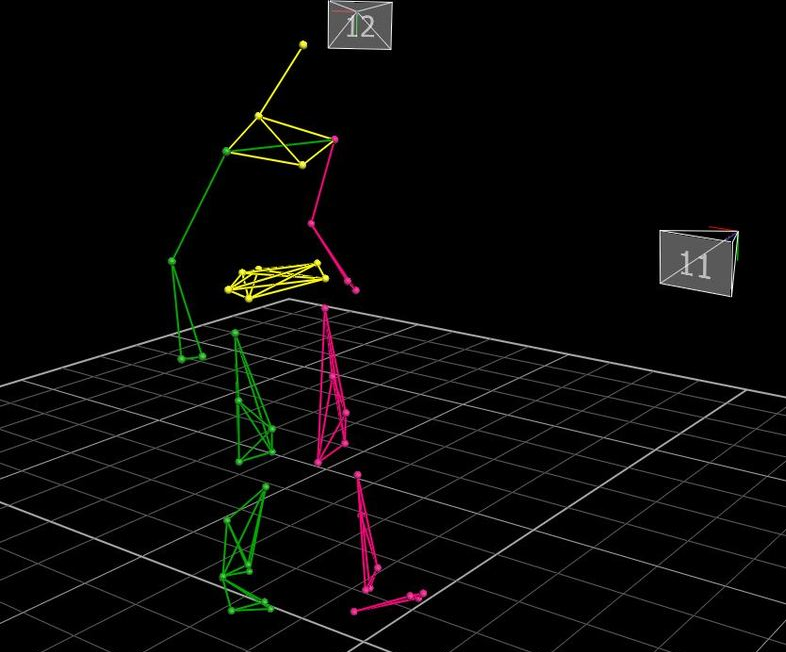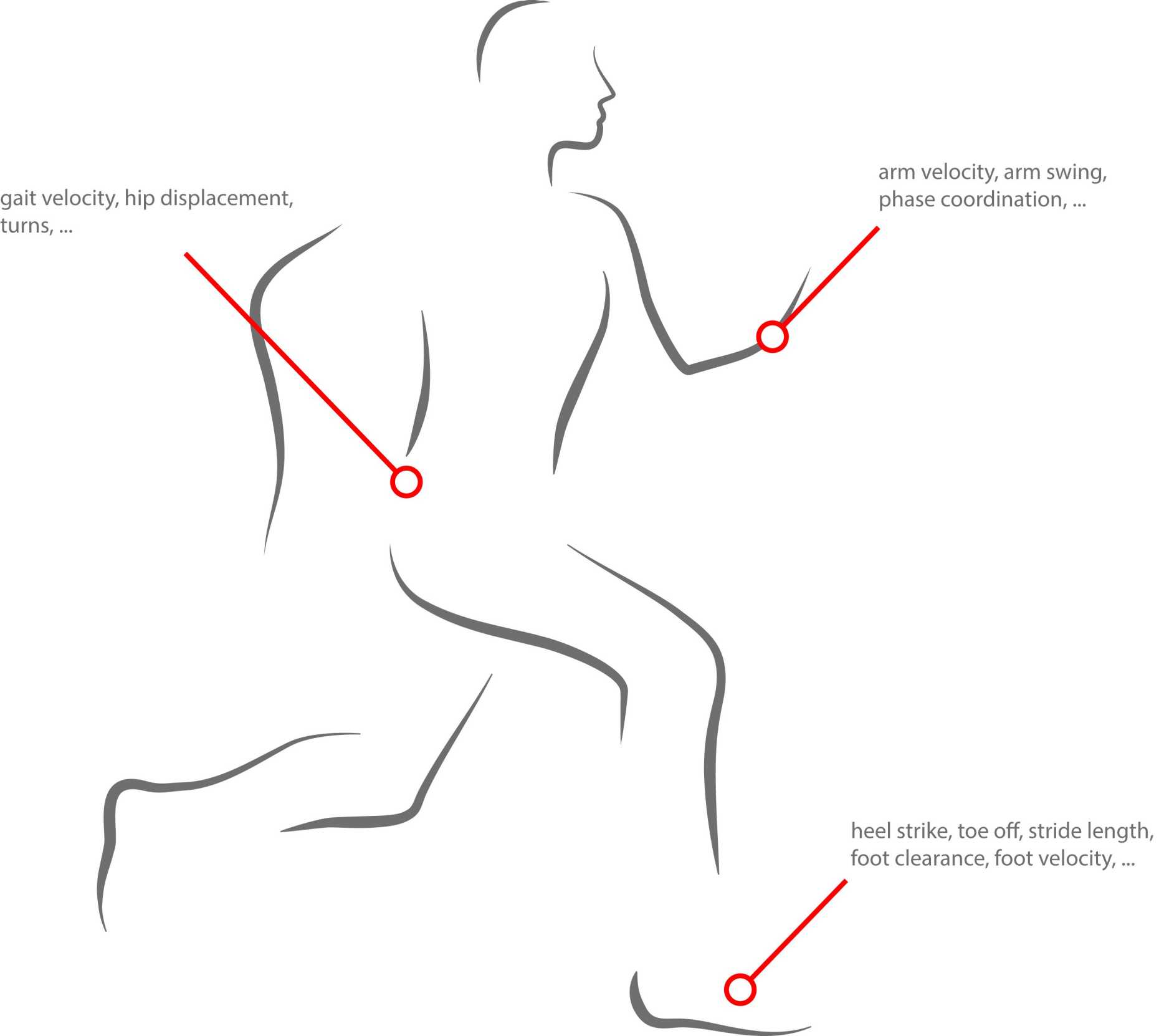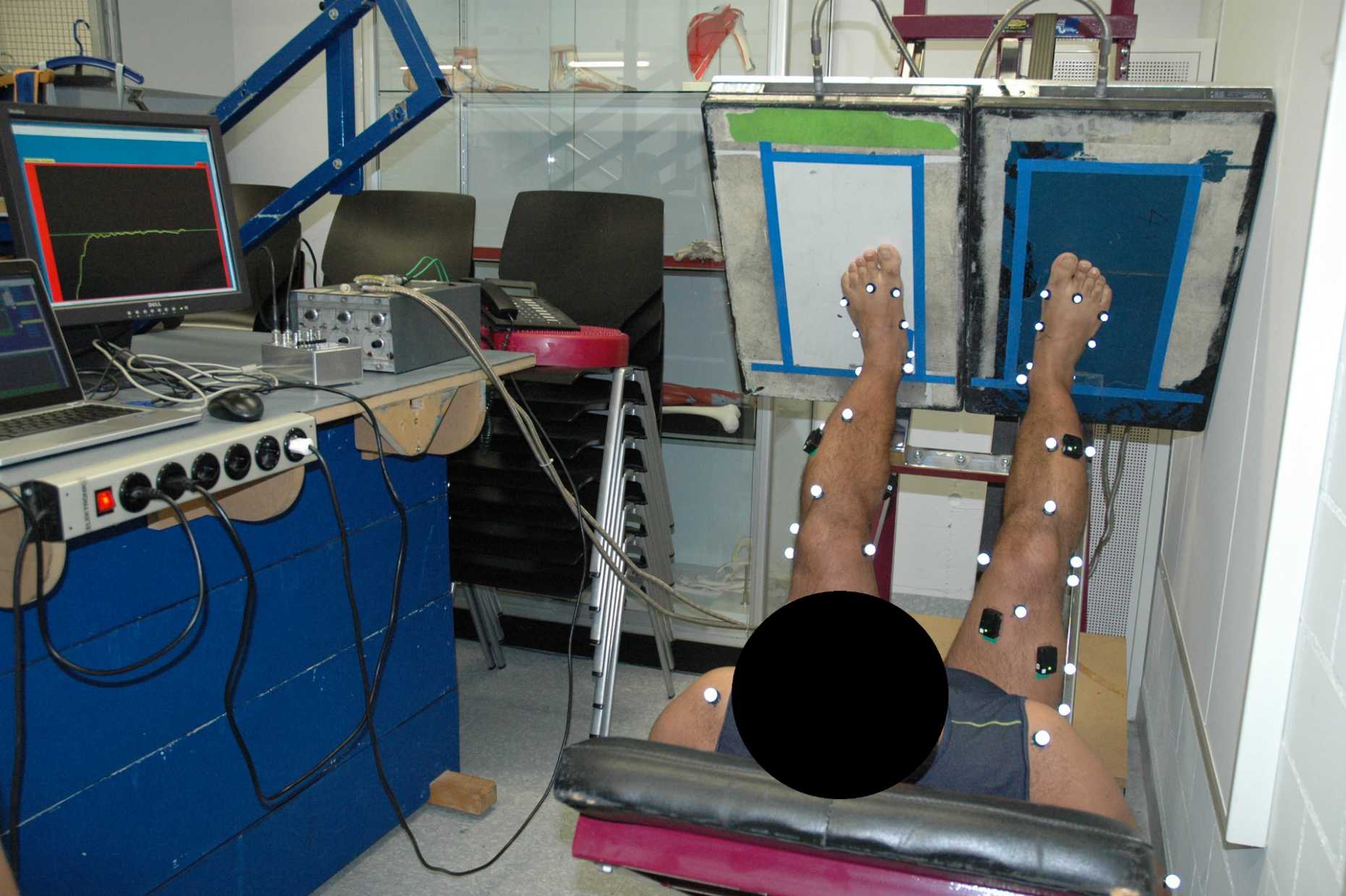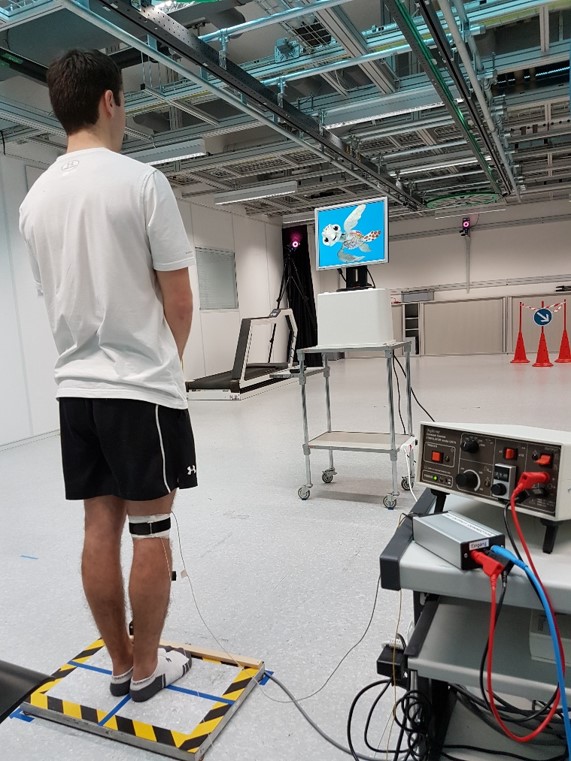Neuromuscular Biomechanics
Childpage navigation
WELCOME TO OUR GROUP
"Some things only become visible to us when they undergo change," one of the many ideas we embraced for understanding the intrinsic motor abilities in humans. Our approach brings together efforts from neuroscience, biomechanics, motor control and computational modelling to unravel the signalling mechanisms across motor pathologies including Parkinson's disease, Multiple sclerosis and Cerebral palsy. Along this way, we foster the ability to specifically target effective therapies for those diseases.
Ongoing Projects
Evaluating therapeutic outcomes for movement-related disorders
The aim here is to evaluate gait performance pre- and post-deep brain stimulation therapy in patients with Parkinson’s Disease.
Read more
Identifying pathological motion patterns during walking
The goal within this project is to develop a classification tool based on walking patterns from both healthy as well as pathological or diseased cohorts of human subjects.
Read more
ZurichMove
The quality of functional movement is a clear expression of neuromotor and musculoskeletal control and its accurate evaluation can therefore provide a battery of potential outcome parameters for assessing functional status in individuals with and without pathology.
Read more
Stop tip-toeing around toe-walking - Towards a better understanding and more effective treatment of toe-walkers with cerebral palsy.
Walking is the most common and necessary form of movement for humans, as it ensures active participation in activities of daily life. In the initial stages of learning to walk, gait is rather unstable as well as variable.
Archived Projects
Effects of corticomotor excitability on lower limb motor control
The aim of this project is to evaluate the potential of transcranial magnetic stimulation towards modulating corticomotor excitability of the lower-extremity muscles.
Read more
Evaluation of neuromuscular noise in asymptomatic and pathological cohorts during force production tasks
The aim here is to determine the effects of intrinsic (e.g. age, motor-related pathology) as well as extrinsic (e.g. experimentally induced peturbations such as fatigue) on the magnitude as well as structure of neuromuscular noise during force production tasks.
Read more
The association between standing variability and Hoffmann Reflex of the Soleus muscle.
We are looking at the influence of weight and visual perturbation on the standing variability and the possible association with the H-Reflex. Read more







